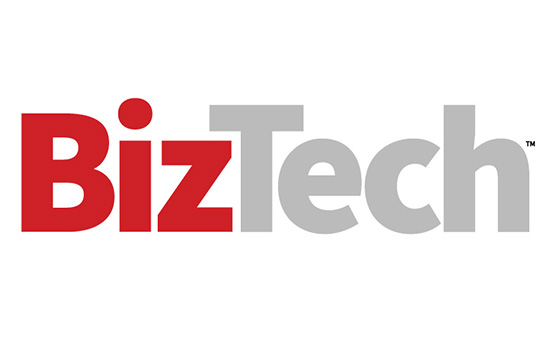Aligning Workload Placement With Business Objectives
Cloud optimization can ensure the organization’s workloads are aligned with business performance, compliance and risk requirements.
Illsley says IT leaders in midsize organizations face the challenge of deciding which workloads belong on-premises, at the edge or in the cloud, and then tuning them to meet business demands.
“The first parameters you need to determine are the core characteristics of that workload, as well as the business expectations and the risks,” he says. “Once you’ve mapped those out, you can identify whether a workload is best in the cloud or best on-premises.”
This decision-making is often driven by deadlines and performance needs. Illsley notes that financial reporting jobs, for example, have strict timelines that may justify more expensive, guaranteed resources.
In contrast, a developer’s test workload could run overnight on lower-cost spot instances without impacting business outcomes.
“You can’t have it the cheapest, the most high-performance and the most risk-free all at once,” Illsley says. “You have to prioritize — decide what’s most important, then allocate resources accordingly.”
He adds that for midmarket enterprises, these conversations tend to be more straightforward than in large organizations.
“IT leaders in the midmarket are much more likely to talk directly with business leaders about priorities, risks and costs,” Illsley explains.
This alignment ensures optimization strategies don’t just trim expenses but actively support business objectives, driving smarter scaling and long-term resilience.
READ MORE: Accomplish a business-first approach to cloud transformation.
Enhancing Multicloud Visibility and Policy Enforcement at Scale
For many organizations, multicloud is no longer a choice but a reality. Most enterprises today use at least three cloud providers for infrastructure and platform services. And when Software as a Service platforms such as Salesforce and Microsoft 365 are included, that number often climbs to seven or more.
“Multicloud is something that’s often misunderstood,” Illsley explains. “In practice, most companies have a dominant provider — AWS, Azure or Google — but visibility into what’s happening across the other environments is where the challenge lies.”
For IT leaders, the real issue isn’t just managing multiple clouds individually but ensuring they can see, compare and enforce consistent policies across them.
“Optimization in the multicloud world means having transparency into how workloads are performing in each environment and balancing that against compliance and cost requirements,” Illsley says.
For example, a database-heavy workload might be best placed in one cloud known for its data services, while lighter workloads run elsewhere. But without visibility, these decisions are hard to validate.
Governance frameworks and automation tools help IT teams enforce consistent rules and spot gaps before they impact performance or security.
“It’s not usually about running workloads across clouds,” Illsley adds. “It’s about knowing what you have in each environment, applying the right guardrails and making sure you’re managing the full picture rather than isolated silos.”
Click the banner below to keep reading stories from our new publication, BizTech: Small Business.













